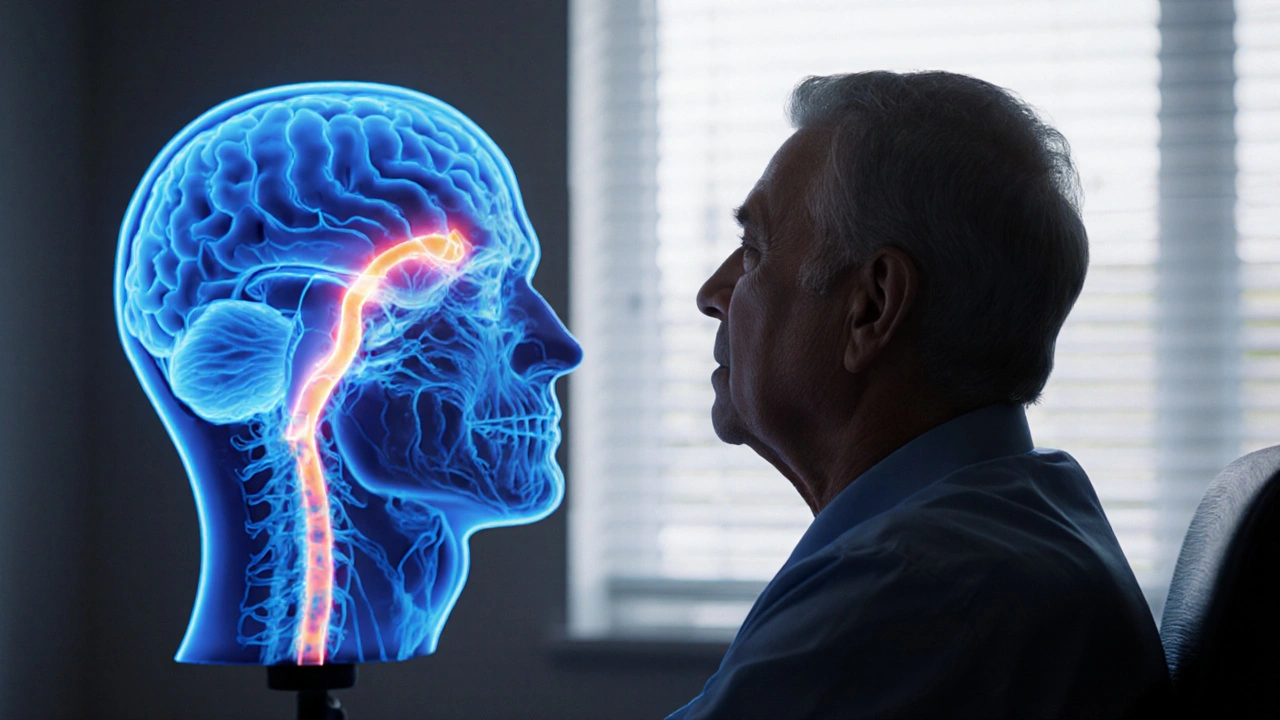Visual Perception After Stroke: What Changes and How to Adapt
When a stroke hits the brain, it doesn’t just weaken muscles or blur speech—it can quietly break how you visual perception, the brain’s ability to interpret what the eyes see. Also known as visual processing, it’s not about whether your eyes work, but whether your brain understands what they’re showing you. Someone might have 20/20 vision but still miss half their plate, walk into doorframes, or read the same line twice. This isn’t laziness or distraction—it’s neurological damage.
Visual perception after stroke often shows up as visual field loss, a blind spot on one side, usually the left, or hemispatial neglect, when the brain ignores one side of space entirely. You might not see a person standing to your right, forget to eat food on the left side of your plate, or skip words on the left side of a page. These aren’t eye problems—they’re brain problems. And they’re common: up to 60% of stroke survivors deal with some form of visual processing issue, even if their eyes are fine.
Recovery isn’t about fixing the eyes. It’s about rewiring the brain. Therapy helps. Scanning exercises train your brain to search the missing side. Prismatic glasses can shift your visual field to compensate. Occupational therapists teach you to turn your head more often, use color cues, or arrange your environment so things don’t disappear. It’s not magic—it’s repetition, patience, and smart adaptation. Some people recover fully. Others learn to live differently, using tools and routines to stay safe and independent.
What you’ll find below are real, practical guides from people who’ve been there—whether it’s understanding how stroke affects reading, managing double vision, or finding tools that make daily tasks easier. These aren’t theory-heavy articles. They’re clear, no-fluff answers from patients and clinicians who’ve seen what works—and what doesn’t—when vision doesn’t match reality anymore.
Explore how stroke disrupts vision and visual perception, the common deficits like hemianopia and neglect, diagnosis, rehab strategies, and tips for patients and caregivers.

